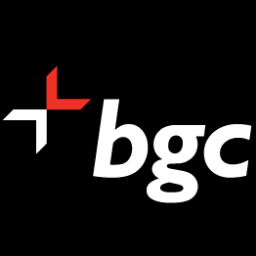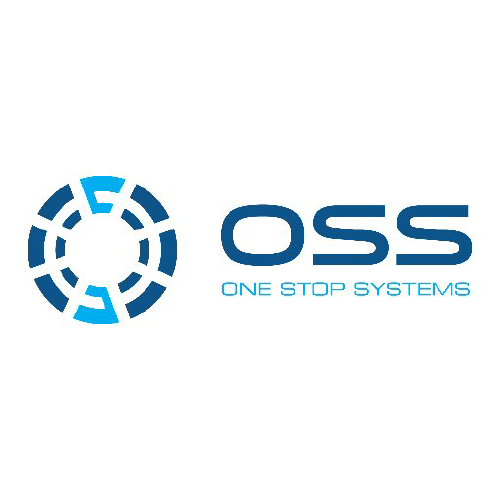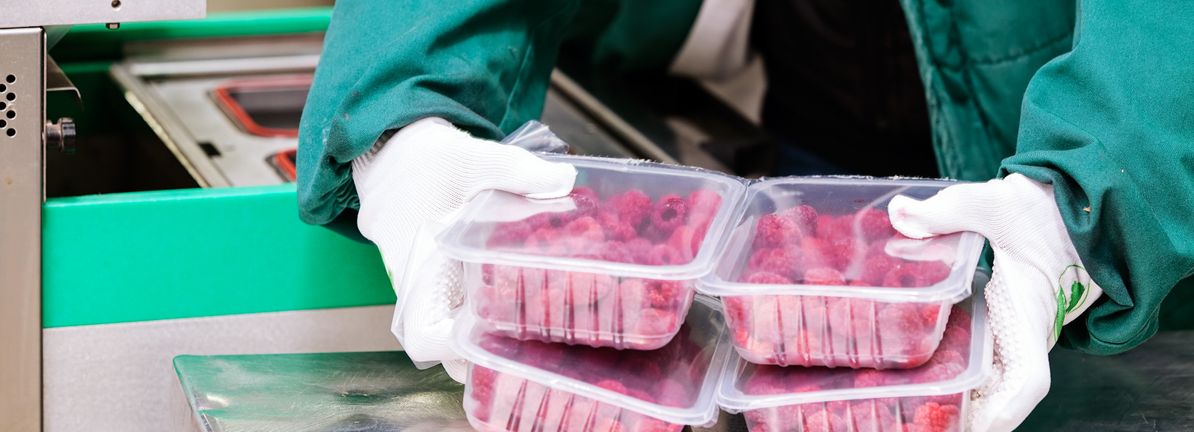This article first appeared on GuruFocus.
Release Date: November 06, 2025
For the complete transcript of the earnings call, please refer to the full earnings call transcript.
-
BGC Group Inc (NASDAQ:BGC) reported record third-quarter revenues of $737 million, a 31% increase from the previous year.
-
The company achieved significant growth across all asset classes and geographies, demonstrating the strength of its global platform.
-
FMX outperformed with record-setting volumes in futures and US Treasuries, with US Treasury market share reaching an all-time high of 37%.
-
The $25 million cost reduction program is on track to be completed by year-end, expected to enhance profitability and margins.
-
BGC Group Inc (NASDAQ:BGC) saw a 114% increase in ECS revenues, driven by OTC and strong organic growth in the energy complex.
-
Compensation and employee benefits expenses increased significantly by 47.5% under GAAP, impacting overall profitability.
-
Non-compensation expenses also rose by 20.9% under GAAP, primarily due to the acquisition of OTC.
-
Electronic credit revenues showed minimal growth, up only 1.6%, indicating potential challenges in this segment.
-
The company faces ongoing risks and uncertainties that could affect forward-looking statements and actual results.
-
Despite strong growth, the company remains exposed to macroeconomic, social, and political factors that could impact future performance.
Q: In the 3rd quarter, we saw on-exchange volumes in some asset classes slow down significantly. Your results, though, were quite strong. What allowed BGC to outperform some of those industry proxies? A: Unidentified_4: The growth was driven by targeted expansion within the ECS sector, with a 21% growth excluding OTC. This was supported by hiring 150 new brokers over the last 18 months, which helped us take market share in specific geographies and asset classes.
Q: Could you elaborate on the strong growth in FMX and your expectations for FCM onboardings in the coming quarters? A: Unidentified_7: We are in the second year of FMX, having achieved record open interest and onboarded 11 FCMs. We are on track with our goals, and the focus is now on integrating FMX into aggregators and smart order routers. We expect to shift attention to US Treasury futures in 2026.
Q: Can you walk us through the strong share growth in your FMX cash markets? What would you attribute that to? A: Unidentified_4: The growth in market share, particularly in treasuries, is due to the adoption by FMX partners and the platform becoming a viable alternative to CME. The growth is broad-based across different protocols.





